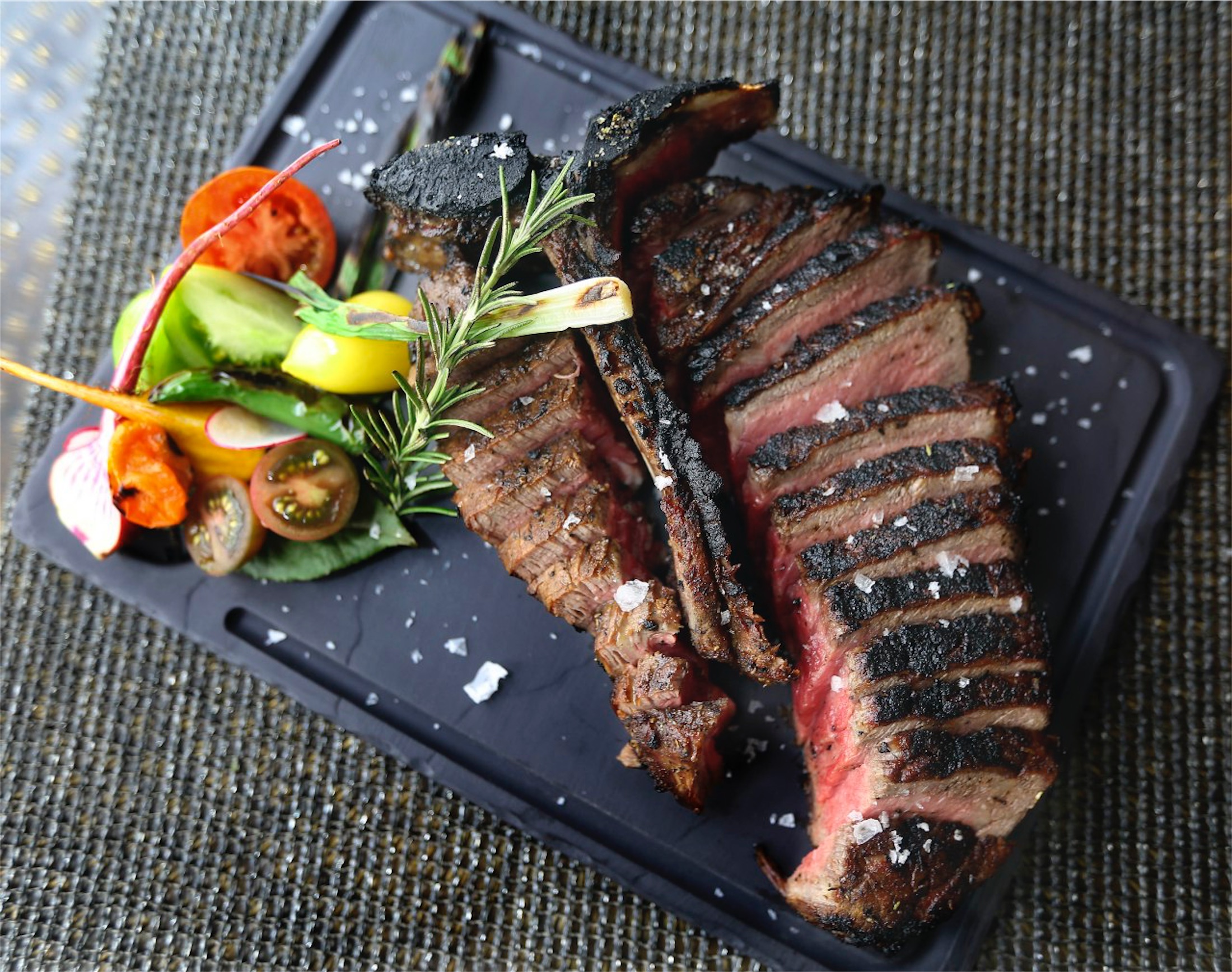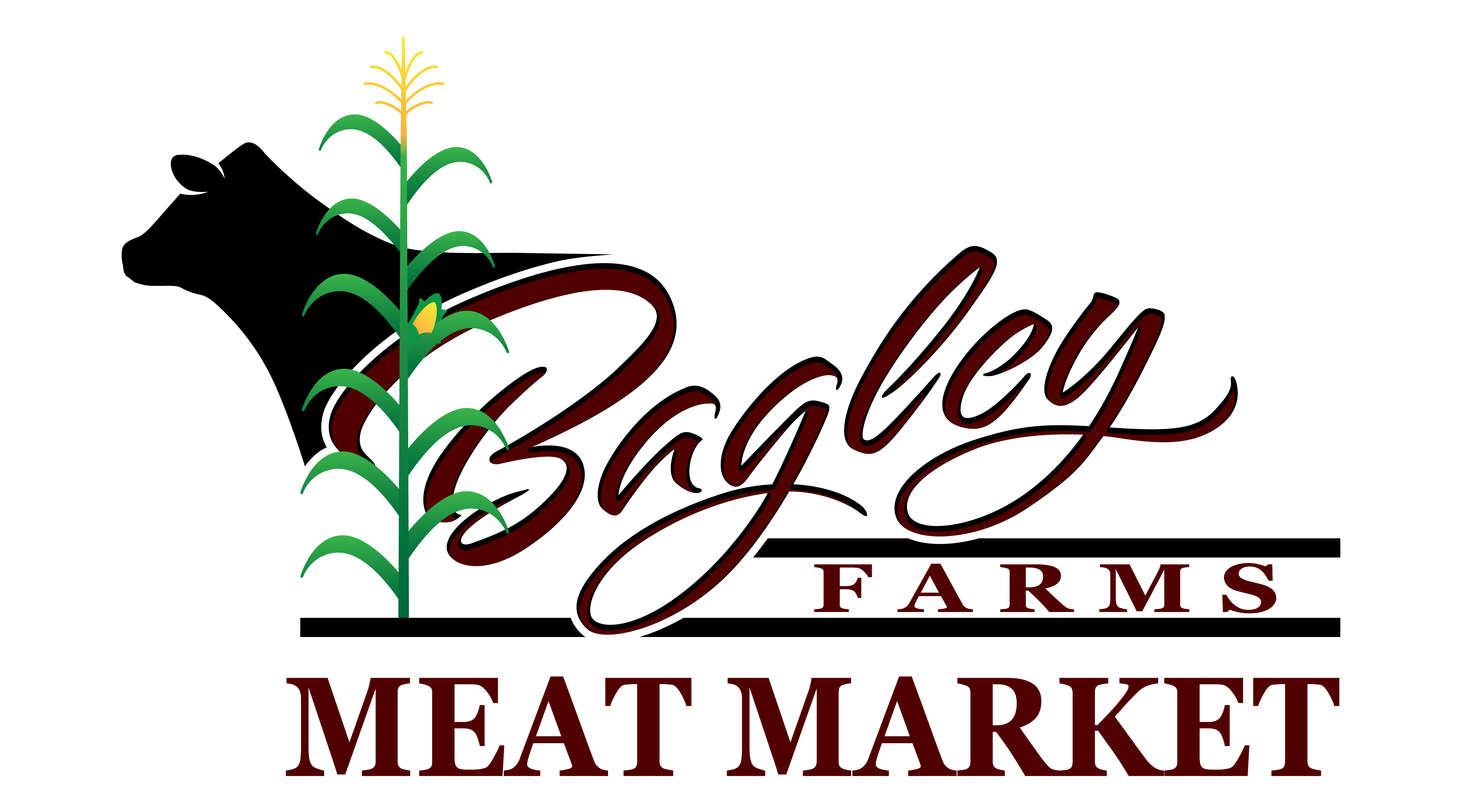Get fresh and local meats from Bagley Meat Market Edwardsville IL for your gathering.
Get fresh and local meats from Bagley Meat Market Edwardsville IL for your gathering.
Blog Article
Just How to Choose the Perfect Cut of Meat From a Trusted Meat Market
Picking the suitable cut of meat from a trusted meat market needs a thoughtful technique that balances top quality, culinary objective, and budget. Recognizing the different kinds of meat and their respective cuts is essential, as is engaging with your butcher to gain insights right into sourcing and preparation. Observing features such as color, structure, and marbling can further assist your choice. As you consider these aspects, it becomes clear that the nuances of your option can substantially influence the end result of your dish, prompting a deeper exploration of the criteria that genuinely matter.
Comprehending Meat Cuts


As an example, the tenderloin is treasured for its buttery structure and minimal connective tissue, making it suitable for quick food preparation approaches such as grilling or pan-searing. On the other hand, tougher cuts like the brisket or shank take advantage of slow-moving cooking methods to damage down collagen, generating abundant and savory outcomes.
In addition, the fat material of a cut plays an essential function in flavor profile and moisture retention during food preparation. Cuts with greater fat web content, such as ribeye, provide an even more durable flavor, while leaner options, like sirloin, may require mindful preparation to avoid dry skin (bagley meat market edwardsville il). Recognizing these subtleties enables for informed options that boost culinary creations, guaranteeing that each meal showcases the very best top qualities of the chosen meat
Factors to Think About
When choosing the ideal cut of meat, numerous critical aspects enter play that can significantly affect the last dish. Consider the type of meat you desire-- beef, pork, lamb, or chicken-- as each offers distinct flavors and appearances. The certain cut within that group is similarly crucial; for instance, ribeye delivers rich marbling, while tenderloin provides a lean, buttery appearance.
Another factor is the cooking approach you intend to use. Cuts suitable for grilling, such as T-bones or sirloins, differ from those much better suited for sluggish cooking, like chuck roasts or shanks. In addition, quality is critical; always pick meat with a dynamic shade and firm texture, indicating high quality and correct handling.
In addition, think about the resource of the meat. A trusted meat market commonly offers locally sourced, hormone-free, and grass-fed options, which can enhance flavor and dietary worth. Your budget will certainly guide your selection. Costs cuts might use exceptional preference, however there are additionally cost-efficient choices that, when prepared appropriately, can generate delicious outcomes. Stabilizing these elements will assist you pick the excellent cut for your culinary demands.
Concerns to Ask Your Butcher
A butcher's competence can be vital when selecting the perfect cut of meat for your cooking undertakings. Begin by making inquiries about the source of the original site meat.
Following, inquire about the different cuts offered for the type of meat you favor. A knowledgeable butcher will certainly discuss the subtleties of each cut, helping you pick one that matches your cooking technique and desired end result. Do not wait to make inquiries about the most effective cooking strategies for a specific cut; butchers frequently have tips that can enhance your meal.
It's also prudent to ask regarding the meat's freshness. An excellent butcher will certainly be eager to share their competence and suggest cuts that will delight your palate. official website Engaging your butcher with these questions can dramatically boost your meat option experience.
Acknowledging Quality Meat

Texture is an additional crucial variable; quality meat need to really feel firm and slightly resilient to the touch. Avoid any cuts that feel slimed or exceedingly completely dry, as these can show spoilage or inappropriate storage space. In addition, smell plays an essential duty; fresh meat ought to have a tidy, neutral scent, while any type of off-putting or sour odors are warnings.
Lastly, consider the source. Investing in from a trustworthy meat market, where the meat's beginning is recognized, can make certain better requirements. By concentrating on these indicators-- color, marbling, structure, scent, additional resources and source-- you can with confidence choose cuts that will boost your cooking and dining experience.
Cooking Techniques for every Cut
Choosing the right cooking approach is critical for optimizing the taste and tenderness of each cut of meat. Various cuts possess unique characteristics that dictate one of the most appropriate cooking strategies.
For tender cuts, such as filet mignon or ribeye, completely dry heat methods like cooking, broiling, or pan-searing are ideal. These methods enhance the natural flavors while making sure a juicy, succulent appearance. On the other hand, tougher cuts, such as chuck or brisket, take advantage of moist heat methods, including braising or slow food preparation. These techniques help damage down connective tissues, causing a tender, flavorful dish.
Pork chops and poultry breasts are functional and can be prepared making use of both dry and moist approaches. While grilling or roasting can generate tasty outcomes, poaching or sautéing can maintain moisture and tenderness. For lamb, techniques like toasting or braising are recommended, as they match the meat's robust flavor.

Final Thought
To conclude, selecting the excellent cut of meat from a reliable meat market requires an extensive understanding of meat cuts and factor to consider of numerous variables, consisting of source, quality, and cooking techniques. Involving with the butcher via targeted questions can generate useful understandings and recommendations customized to specific cooking requirements. Prioritizing both quality and spending plan will certainly boost the total gastronomic experience, guaranteeing that the chosen cut satisfies assumptions in both taste and prep work.
Report this page